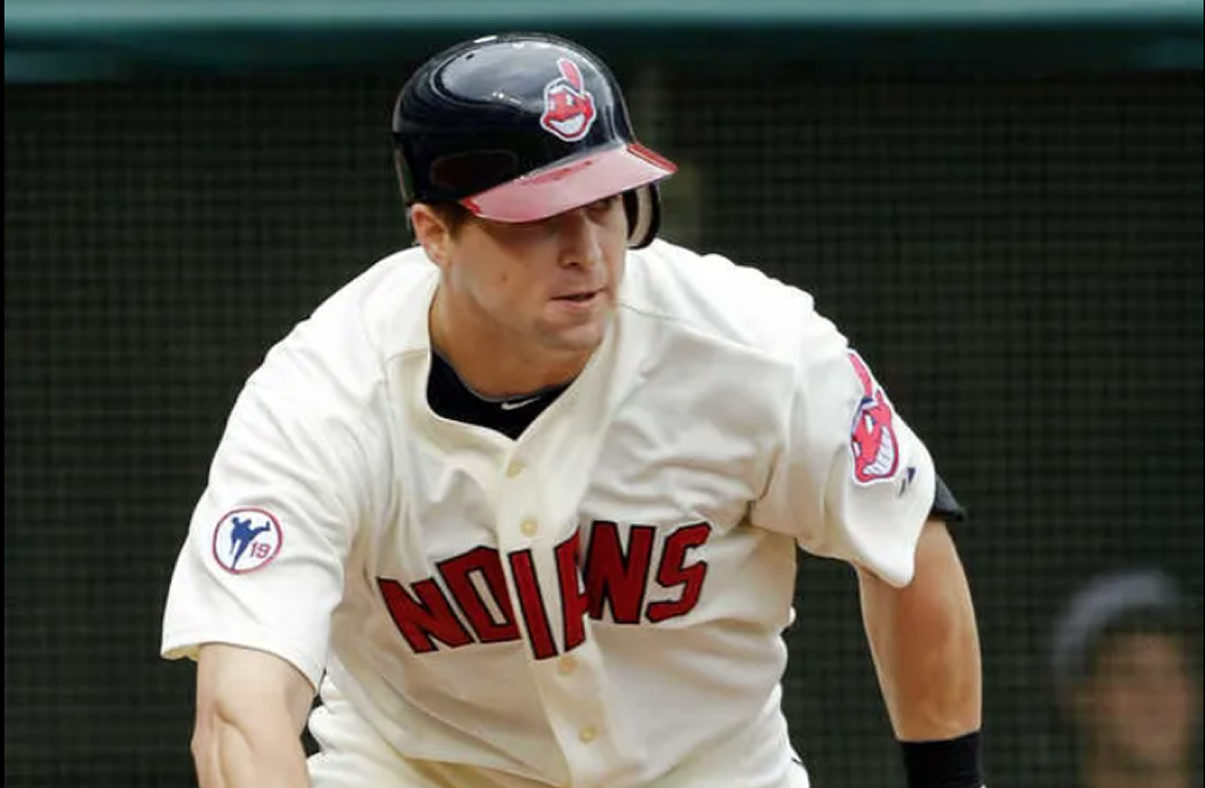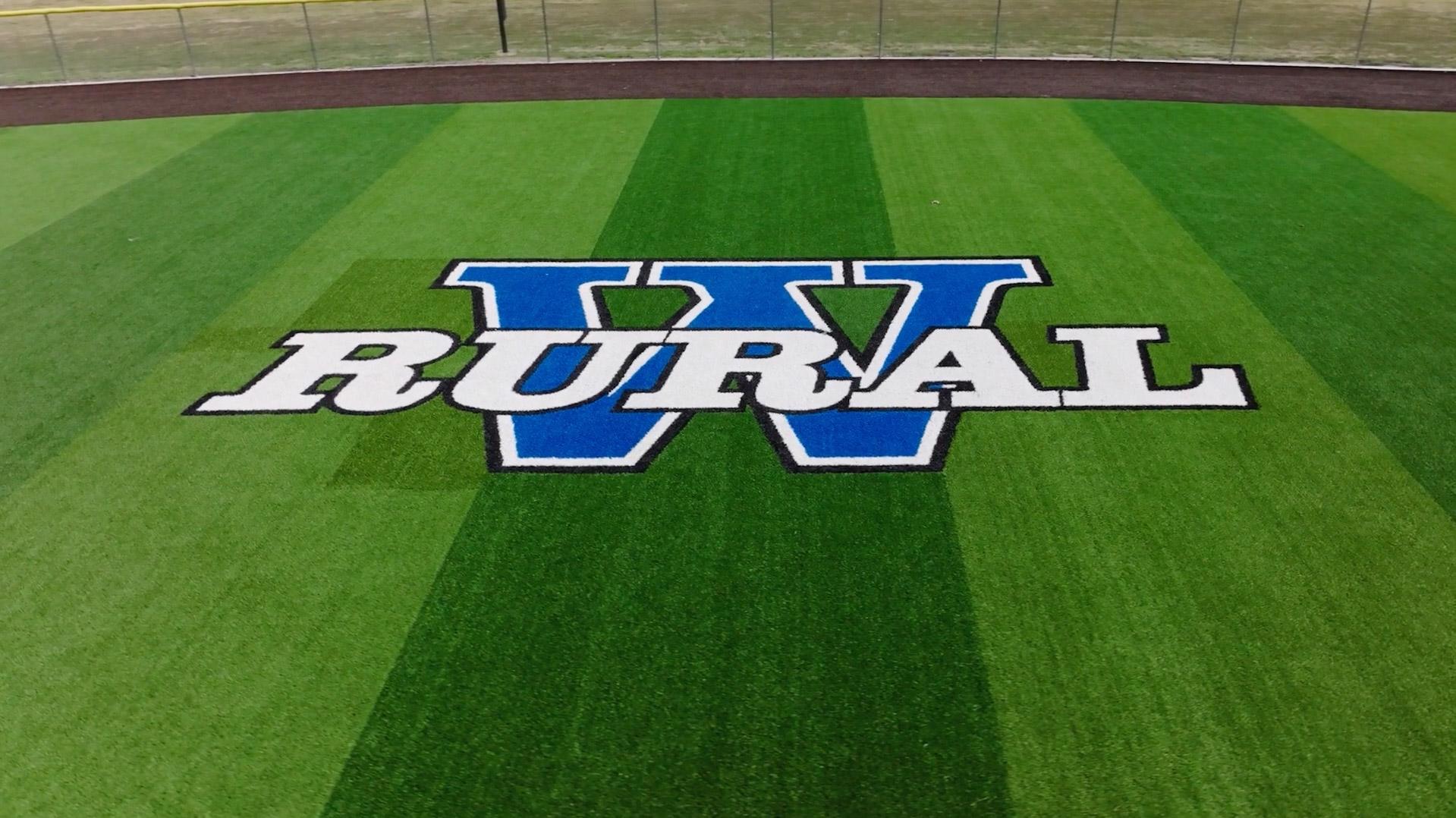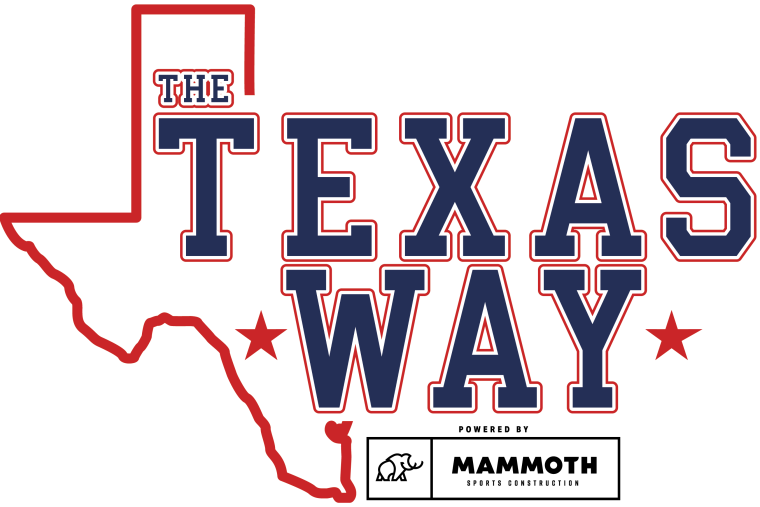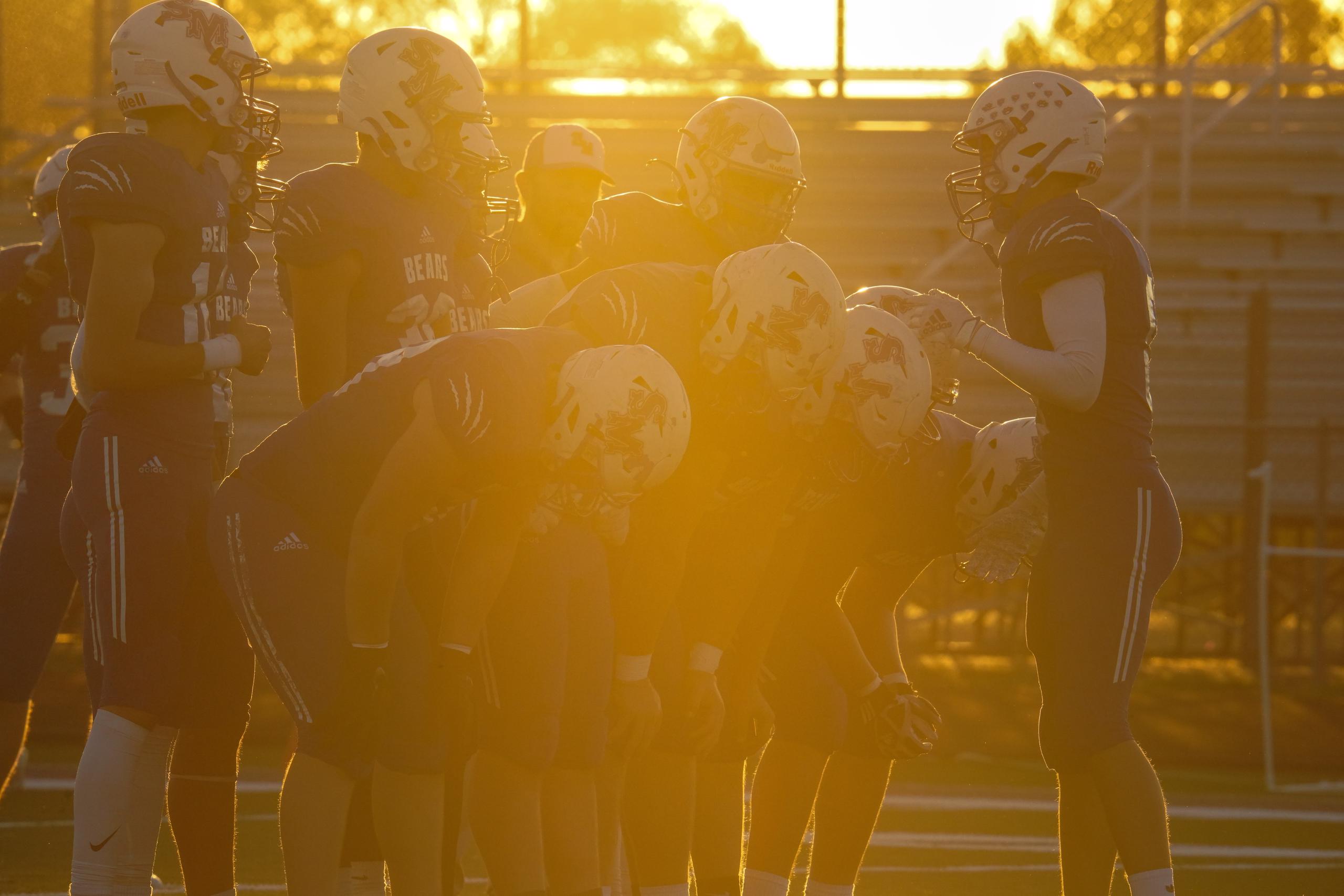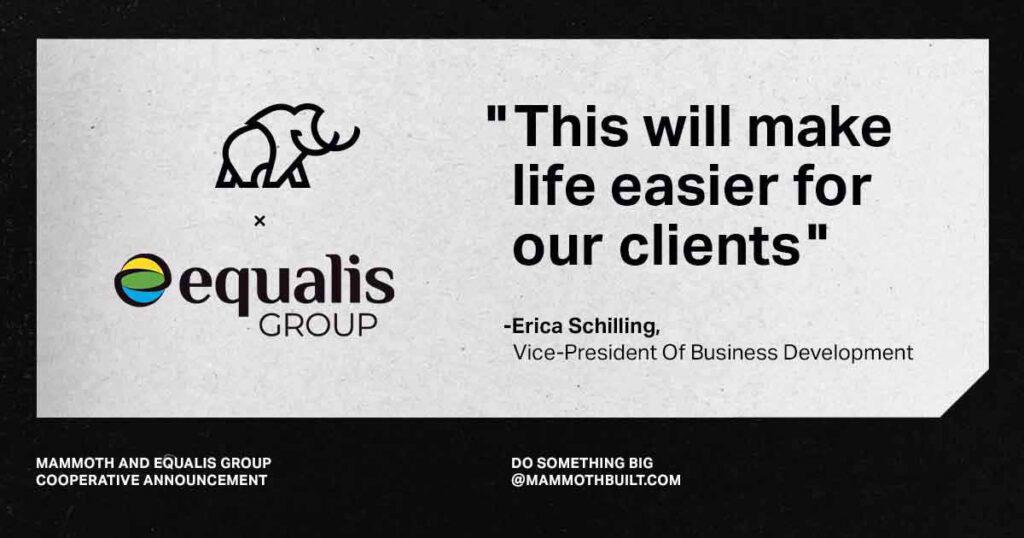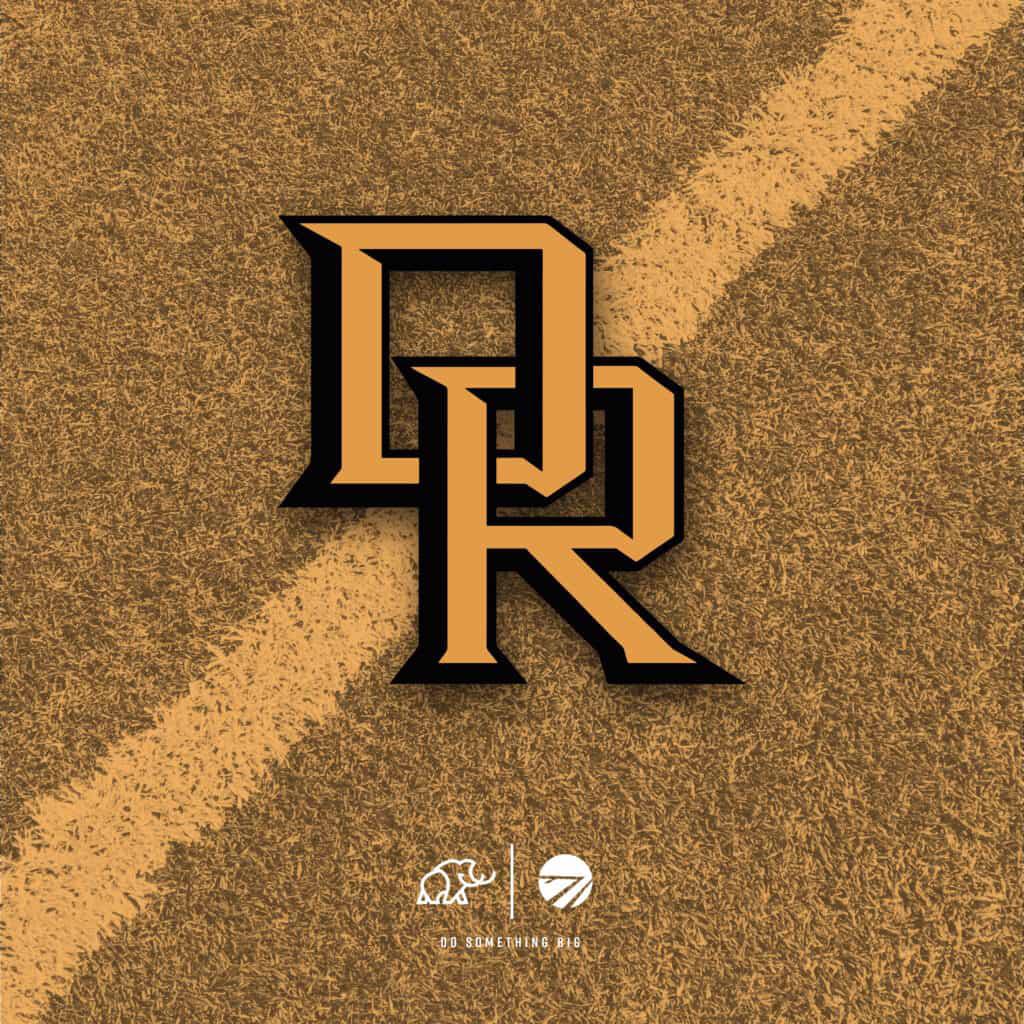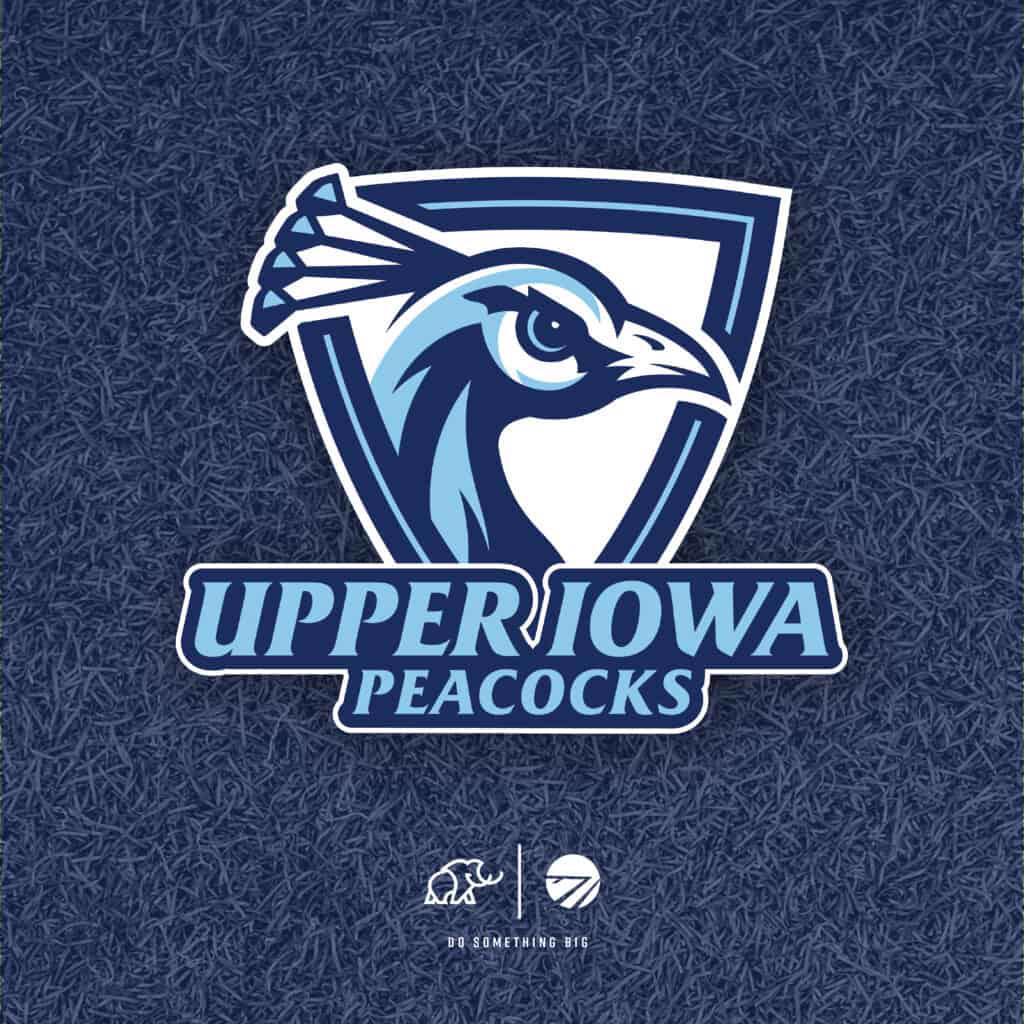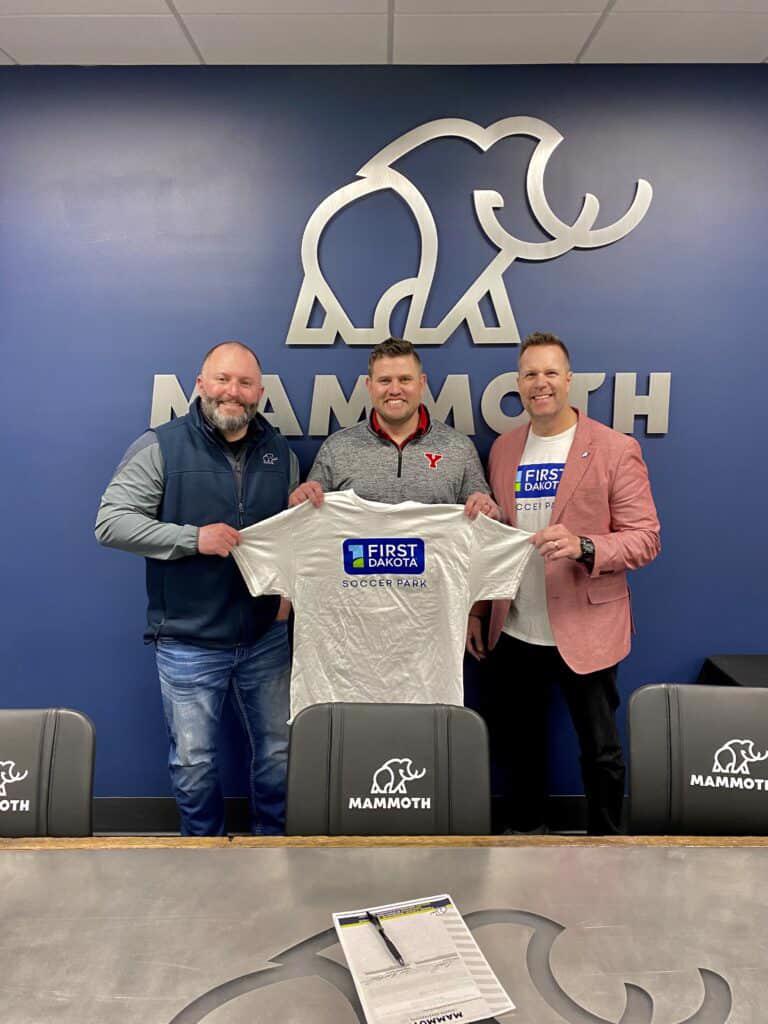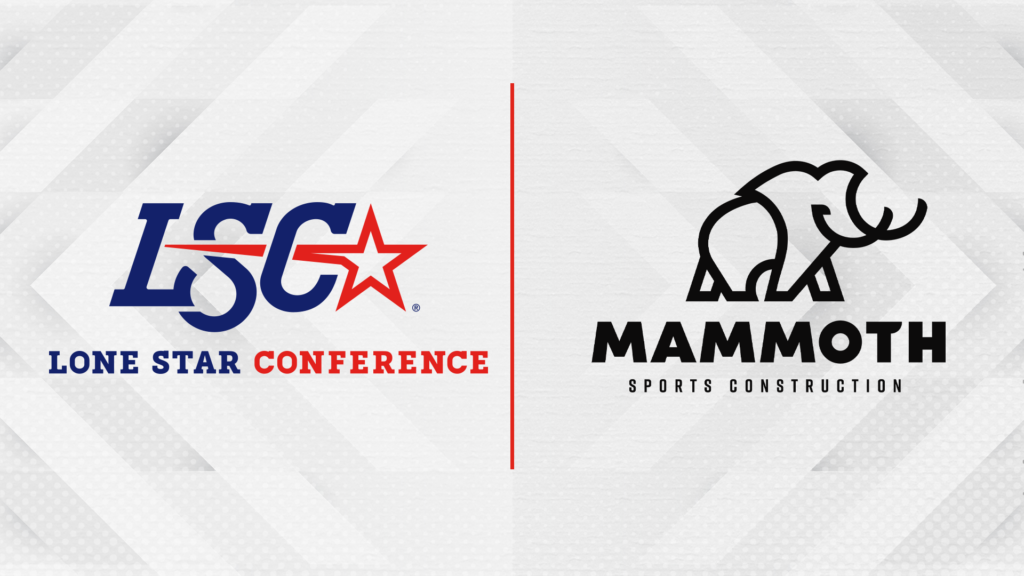November 12, 2024
NIL: Ushering In a New Era of College Athletics
I have to say it: I am fully supportive of NIL money going to student-athletes. Why shouldn’t they be compensated for the revenue they helped generate? For most of its history, the NCAA has prohibited student-athletes from profiting from their NIL (Name, Image and Likeness). While it’s been discussed for more than a decade, college sports leadership has failed to be proactive.
Then came the turning point.
On July 1, 2021, the U.S. Supreme Court ruled unanimously that NCAA athletes could profit from their Name, Image and Likeness. And thus, they ushered in a new era in college sports.
The true intent of NIL is for student-athletes to benefit from their Name, Image and Likeness—for example, a quarterback getting paid for starring in a Dr. Pepper commercial. But since the ruling, NIL has not truly been NIL but rather pay for play. In most cases, a student-athlete can collect money and may or may not perform any kind of promotional activity for anybody. They receive compensation based on their value to the team.
With the recent House settlement, it was determined that $2.78 billion is to be distributed to former student-athletes going as far back as 2016. And going forward, $21.5 million a year must be distributed to current student-athletes. The leaders in college athletics hope to gain control and create boundaries over how that money is distributed.
The combination of NIL and the ease at which student-athletes can now transfer from one institution to another has, in effect, created a system of free agency. And most in higher education have serious concerns about whether this system should exist. It remains to be seen if appropriate boundaries can be constructed to create a fair system for institutions and student-athletes.
With the disparities in athletes’ earning potential and the lack of regulation, the current climate for NIL is the Wild West. Boundaries must be in place to maintain as level a playing field as possible. Fans tend to forget that one of the primary missions of the NCAA is to deliver fair and inclusive competition. If it becomes only about which school’s boosters can generate the most money to buy the best student-athletes, college sports will no longer provide a fair environment for competition, or certainly not as fair as it could, or should, be.
If I were the czar of college sports and had to determine how best to administer NIL funds, I would want the designated amount that is to be distributed to student-athletes at each D1 institution be distributed by the same formula. In other words, 70% would go to the student athletes of the sports producing 70% or greater of the external revenue (e.g., football, men's and women's basketball) and the other 30% be distributed to all other sports. Each college would determine how much each student-athlete receives but each sport has a cap throughout the NCAA. If $10 million goes to football, the school can determine which players receive how much but they cannot go beyond $10 million, and so on. That creates as much of a level playing field as possible, which is a goal of any sports organization, including the NFL with its revenue-sharing principles.
I readily admit this will be highly complicated and I cannot say if this formula would meet a Title IX challenge or other challenges that could result. For now, this is the simplest formula I can come up with. Although, I hope greater minds than mine will develop an appropriate distribution method.
College sports are more popular than ever and there will be no putting the genie back in the bottle. In my humble opinion, everything that we love about college sports will still exist tomorrow. If the leaders can adapt while maintaining their great ideals, NIL will someday become just another footnote in college sports history.
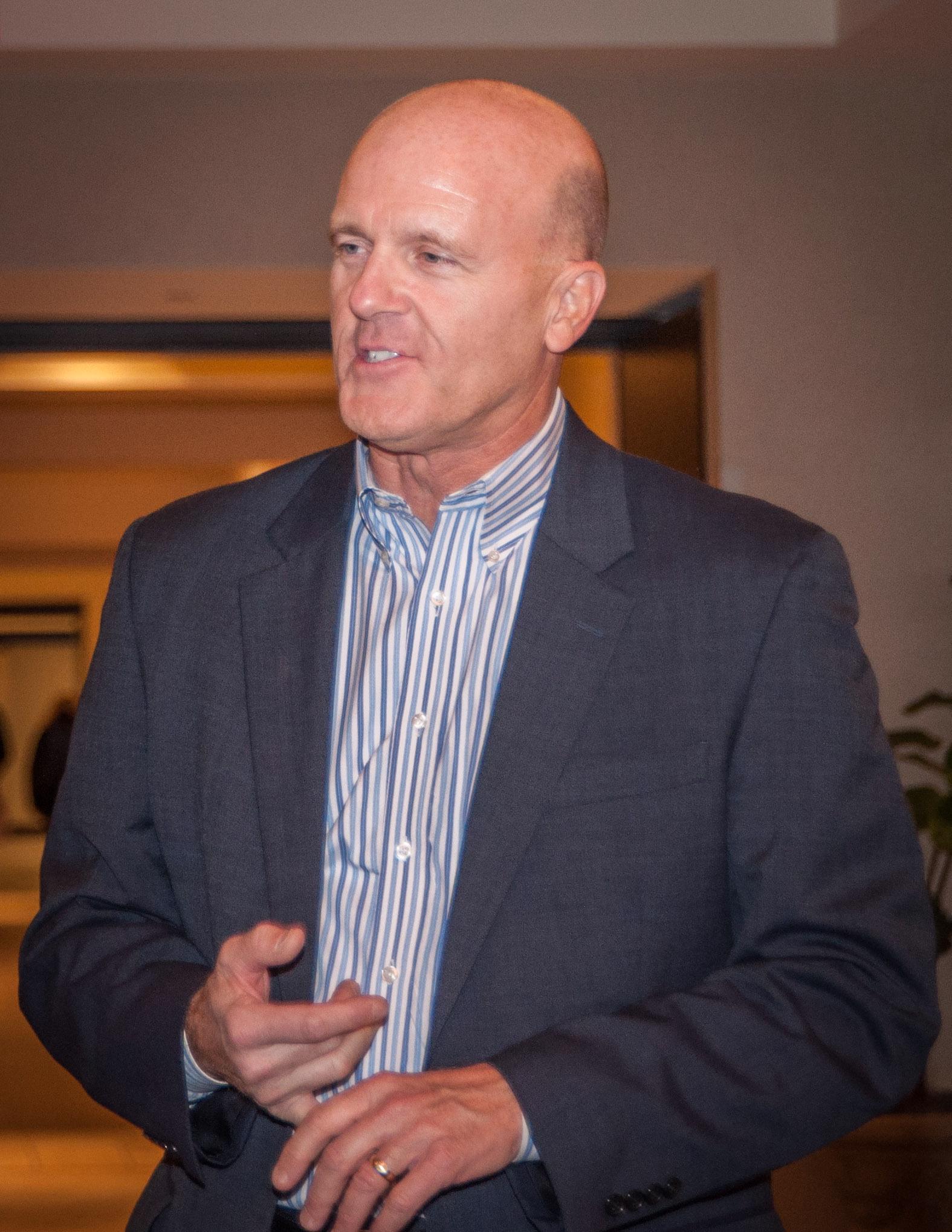
“Fans tend to forget that one of the primary missions of the NCAA is to deliver fair and inclusive competition"
-Tim Selgo, Mammoth Sports Consulting







